There are 8.7 million recognized species on Earth, but research indicates that 86% of all land species and 91% of all water species have not yet been identified. Only roughly 0.4% of all living things on Earth belong to the animal kingdom; the majority, 82% of them are plants, with microscopic bacteria following suit at 13%.
In order to meet the demands of human consumption, livestock outnumbers wild mammals and birds ten to one: livestock makes up 4% of global animal biomass, compared to wild mammals and birds’ 0.38%. Here’s a closer look at the animal that inhabits the most land.
10 Most Populous Animals On Earth
10. Horse – 60 million
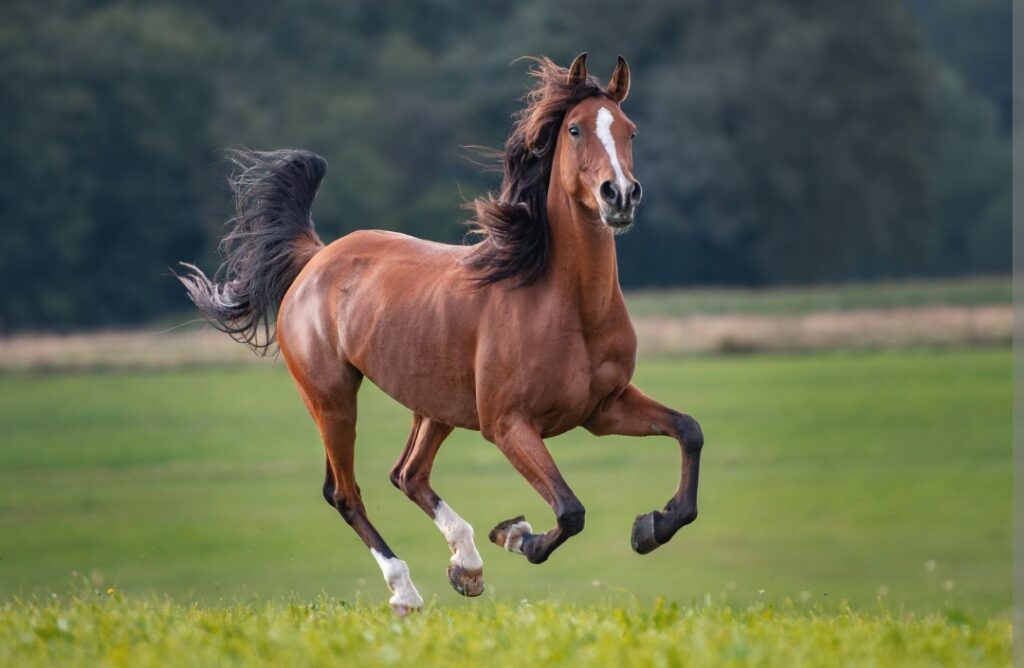
There are 600,000 wild horses and 60 million domestic horses in the world. These animals are thought to exist in more than 350 different breeds, each of which is bred for a specific purpose, and can be found all over the world today. Huge draft horses, like Clydesdales, may pull hefty wagons, while smaller saddle horses are used for riding and pony varieties are appropriate for kids and little adults.
While certain miniature animals have been used to assist the blind, most miniature animals (30′′ and under) are kept as pets. A breed known for being involved with racing is the thoroughbred. Like other breeds, thoroughbreds are widespread throughout the world.
9. Water Buffalo – 172 million
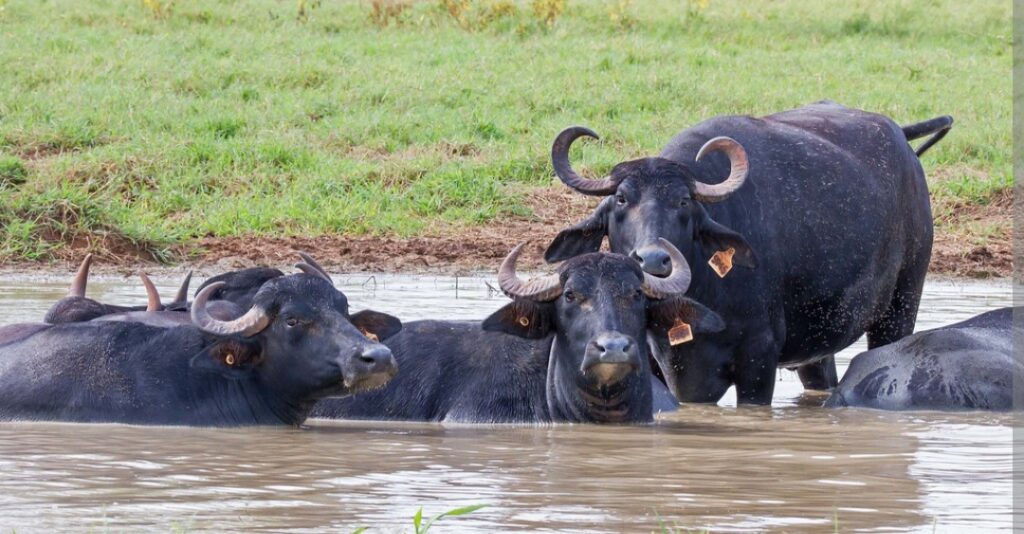
According to World Atlas, domesticated buffaloes and the accompanying hybrid species make up about 172 million people, however it is uncertain how many arni there actually are. The research of the species has been significantly hampered by their distant, challenging habitat and the difficulties in distinguishing between domestic, feral, and wild herds.
Fewer than 2,500 of the remaining 4,000 wild water buffalo are considered to be mature adults, according to research. The low number of wild herds continuing to interbreed with domestic, feral, and hybrid water buffalo is thought to be contributing to this population’s demise.
Bubalus arnee, an endangered species of wild buffalo, is nearly entirely found in protected areas in Southeast Asia. To conserve the genetic purity of wild herds, these preserves represent the sole successful conservation endeavor.
8. Cats – 600 Million

There are more than 70 different breeds of cats, and out of the more than 600,000,000 cats worldwide, at least 373 million are maintained as pets today. Because of the difficulty of accurately tracking feral cats around the world, this quantity is impossible to quantify.
The capacity to sense distress and come to hug and exchange energy without asking for anything in return except ear rubs makes these haughty animals, which are frequently believed to be pretentious, some of the most caring creatures to their owners. Cats are solitary hunters, but they are also sociable creatures, and grooming plays a significant role in how they interact with one another.
A cat named Stubbs served as the honorary mayor of the Alaskan town of Talkeetna from 1997 to 2017. Stubbs lived 20 years, well exceeding the 12 to 15 years that cats typically live, with 18 years considered a long life.
7. Rabbit – 709 millions
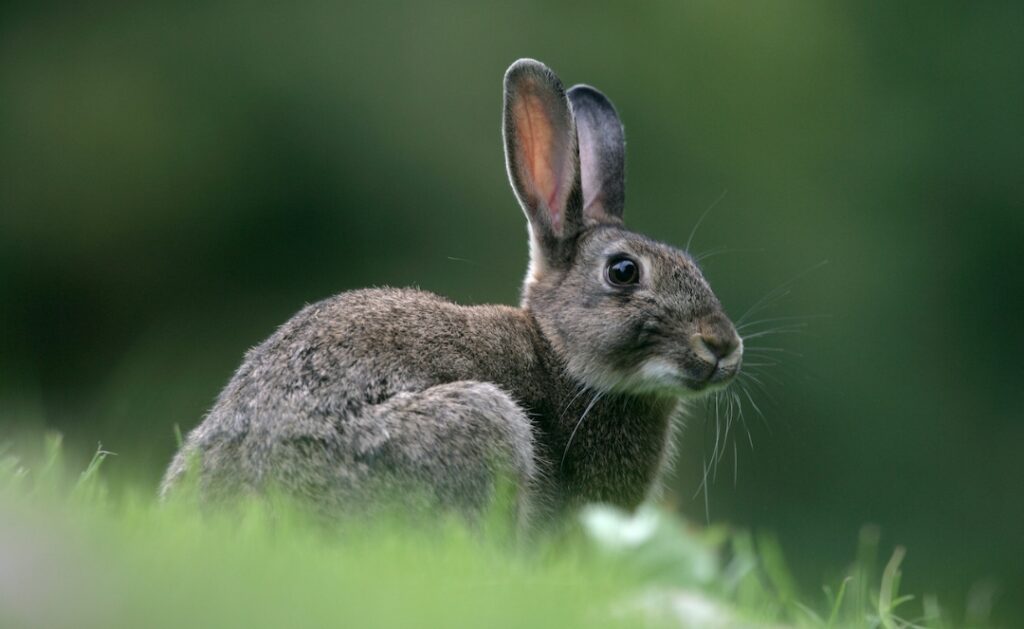
It isn’t clear how many of these animals exist in the world today, but they are not threatened. They were estimated to be 709 millions according to Word Atlas website, since in most places where they live their population is stable, and in many places, it is even on the rise. They are capable of living anywhere that humans can live.
Despite human efforts to halt them, rabbit populations in regions like Eastern Australia continue to increase, and the more newborn bunnies that are released, the faster the population will increase.
It’s vital to consider your options before releasing a rabbit into the wild since once they get going there isn’t much you can do to stop them.
6. Domestic Goat – 900 million

Over 900,000,000 goats exist worldwide, with the domesticated (Capra Hircus), wild (Capra Genus), and mountain goats being the three primary subspecies (Oreamnos Americanus). Goats are common in the Americas, where they were first brought by Columbus in 1493, and are bred for their nutrient-rich milk and contentiously delicious cheese products. Goats consume significantly less food than cows.
5. Dogs – 900 Million – 1 Billion

There are currently about 900 million dogs living in the world, according to the most recent statistics. These dogs occasionally roam the streets of cities and towns as stray or free canines. In actuality, between 75% and 85% of dogs on the planet live in free-range environments. Due to their friendliness and obedience, many dogs have been tamed and employed as working dogs or as pets.
According to information from the WHO, there are 200 million stray dogs globally. Stray dogs have gone through a process of socialization at some time in their life, as opposed to feral dogs, which have not been socialized and are not used to any contact with people.
4. Domestic Sheep – Over 1 Billion

There are more than 1 billion sheep worldwide. However, the overall number of sheep in the globe is decreasing as a result of how time-consuming and challenging it is to maintain sheep.
Sheep have some significant advantages over cows, including being less expensive to acquire and raise (they only consume 3% of their body weight at a time), and having more offspring than cows. The labor involved in raising them, however, is excessively high and outweighs the advantages of low prices. They need to be nearly constantly watched because they readily go lost and become prey to wolves and eagles, and their coats need to be constantly combed and sheared.
Sheep have eyes that are positioned so they can view 300 degrees around them, or roughly 5/6 of their surroundings, which is another fascinating fact about them.
3. Pigs – Over 1 billion
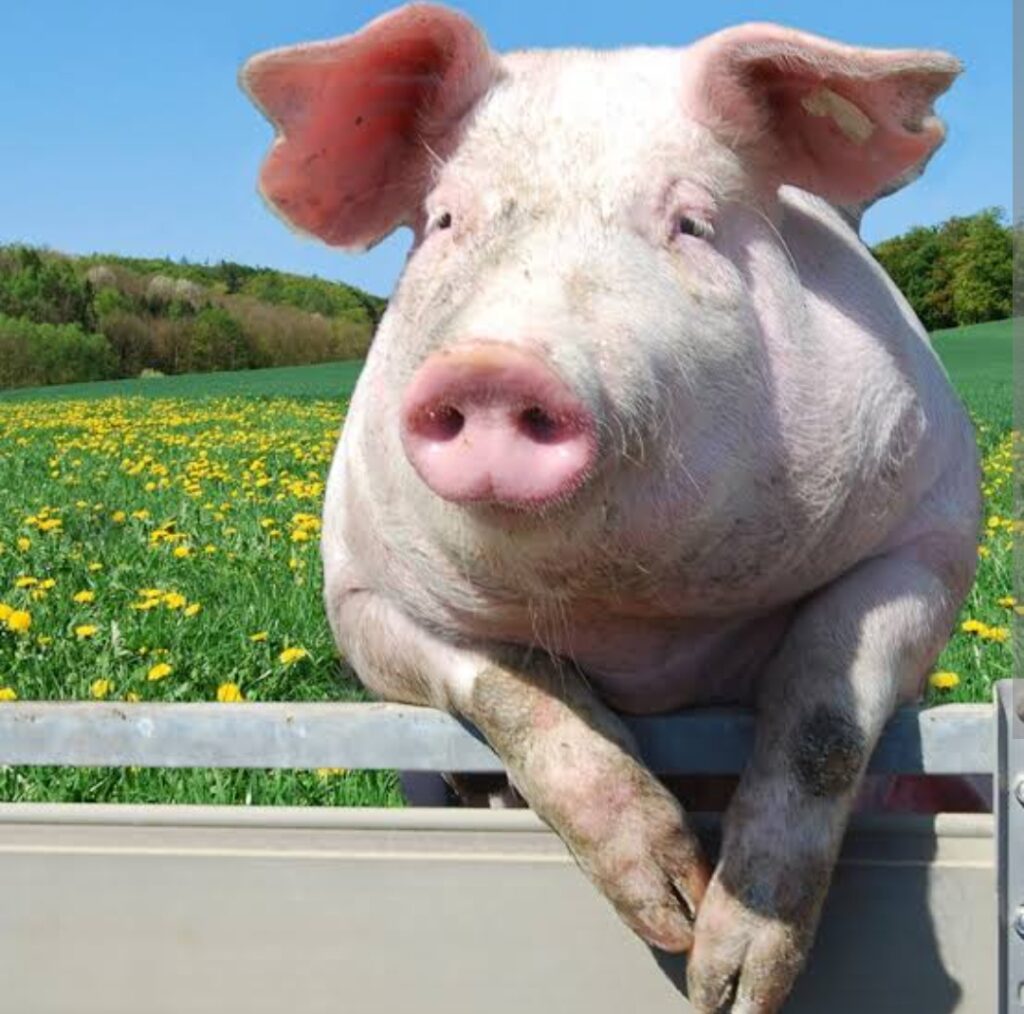
Although some people keep pigs as pets, keeping pigs today is regrettably done solely for the production of meat for products like pork, sausages, bacon, and lard, which are prized delicacies in Eastern European nations. Pigs are a fantastic way to compost since they can consume apple peels and cores along with other fruits and vegetables that people throw away.
Pigs are gregarious, clever animals who can readily overcome obstacles and like playing and problem-solving. In fact, several studies have shown that pigs are more intelligent than dogs, despite the fact that eating dogs is condemned in many cultures.
Feral pig populations are still widespread, though, and they can be found in parts of Australia, New Zealand, Hawaii, Australia, and South America. Uncertainty surrounds exact population projections for wild pigs. But it’s estimated that there are at any given time roughly 1 billion domestic pigs on earth.
2. Cow – over 1.4 Billion
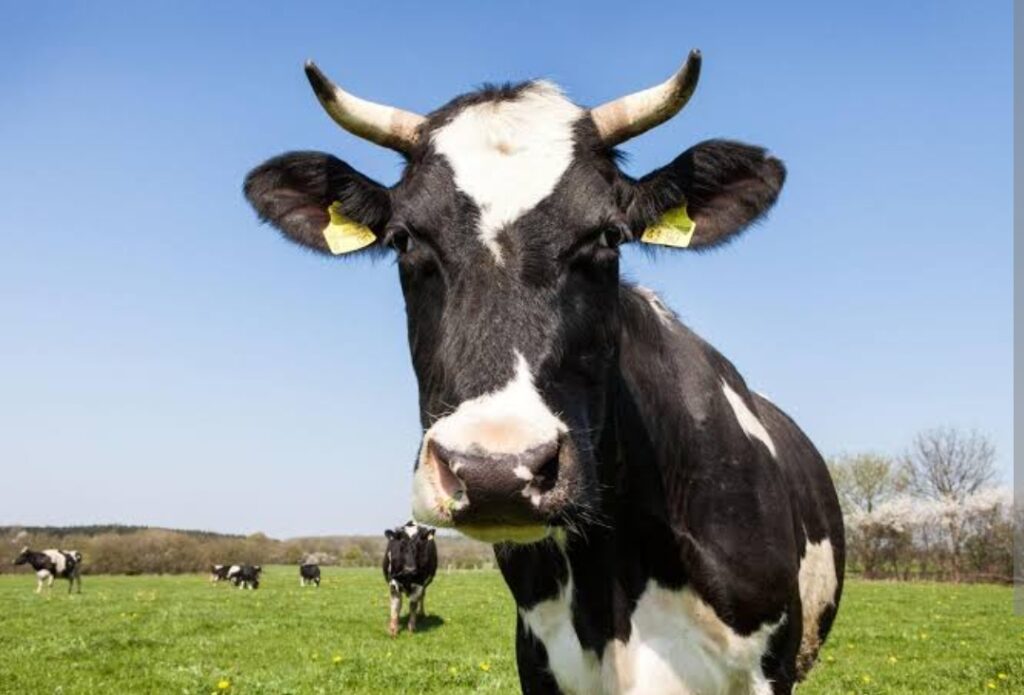
In several regions of the Western world, the number of cows has been progressively falling over the past decade as consumers have become less reliant on their products due to the popularity of veganism and the accessibility of dairy substitutes. There are currently more than 1.4 billion cows in existence.
In the US, about 10 million of those are milk cows.
Although the country is well renowned for its love of burgers, meatless trends are also getting more and more popular there. 22.6 million dairy cattle were registered by Europeans in the EU and the UK combined last year, but those numbers are also declining.
1. Humans – 7.8 Billion (End Of 2020)

In mid-November 2022, United Nation reveals that human population increased to 8.0 billion on the planet, up from 2.5 billion in 1950 and 1 billion since 2010 and 2 billion since 1998. Humans only make up 0.01% of all species. To equal the total biomass of the Earth now, 70 trillion people would need to be alive.
